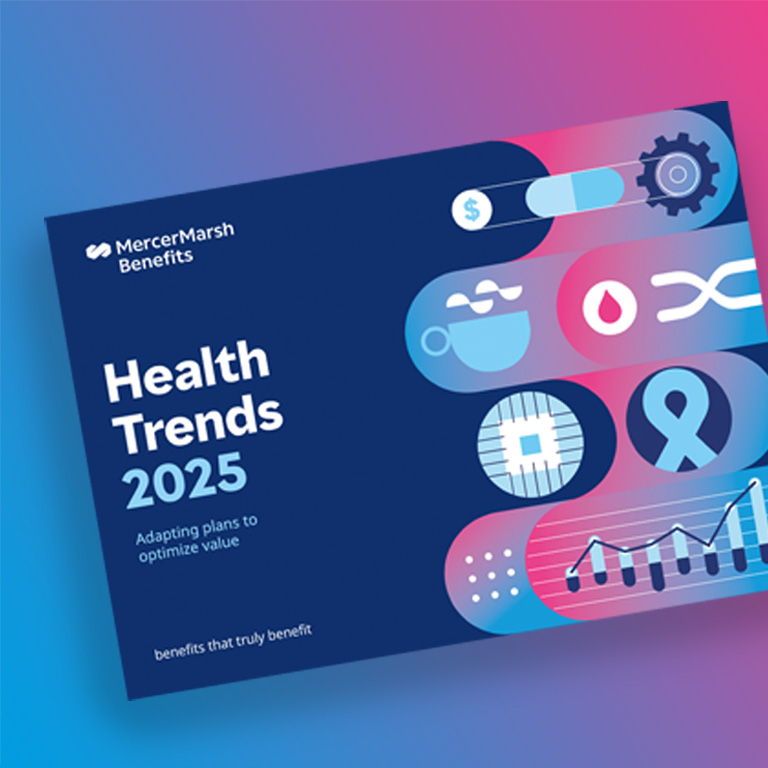- United States(English)
- Österreich (Deutsch)
- Belgium(English)
- Belgique (Français)
- België(Nederlands)
- Brasil (Português)
- Canada(English)
- Canada (Français)
- United States(English)
- China(Chinese)
- United States(English)
- Czechia(Czech)
- Denmark(Danish)
- United States(English)
- France (Français)
- Deutschland (Deutsch)
- Hungary(Hungarian)
- Italia(Italiano)
- 日本(日本語)
- Kazakhstan(Kazakh)
- Kazakhstan(Russian)
- Luxembourg(Français)
- Mexico(Español)
- Maroc(Français)
- Nederland(Nederlands)
- United States(English)
- United States(English)
- Poland(Polish)
- Portugal (Português)
- United States(English)
- Romania(Romanian)
- Slovakia(Slovak)
- España (Español)
- Taiwan(Chinese)
- Tunisie(Français)
- Turkey(Turkish)
- Ukraine(Ukrainian)
- United States(English)
- (Español)
- United States(English)
Promoting diversity, equity, and inclusion at all levels of the workforce
Diversity, equity, and inclusion (DEI) within the workforce is now firmly on the C-suite agenda with inclusive benefits that address the needs of a diverse workforce beginning to receive the attention they deserve.
Although 81% of employers are focused on improving DEI, only 38% of businesses actually have a multi-year strategy in place to achieve this, according to the Mercer 2021 Global Talent Trends Report.
How can your employees thrive on and off the job if their work environment is not inclusive?
With benefits a key component of the employee experience, the way health, risk protection, and well-being benefits are designed and delivered can play a key part in enabling the desired workplace culture and brand.
Many traditional benefits plans assume a linear life pattern, where an “average” employee gets married, buys a home, raises a family, and retires. Health and well-being benefits often fail to take account of racial, ethnic, sexual orientation, gender identity, income, or country of origin.
Firms can adapt their benefit plans and introduce benefits that are designed to support all employees, including people of color, women, LGBTQ+ individuals, veterans, immigrants (including refugees and migrant workers), and people with disabilities.
Human resources departments have a significant role to play. Business responsibility starts at home and it is critical that firms make sure that their employee practices reflect their external statements on issues such as DEI.
MMB can help you
Mercer Marsh Benefits can help employers look at ways to “flip the pyramid” and create a more inclusive workforce by opening up benefits eligibility and offering innovative types of support to vulnerable populations.
We can work with you to:
- Assess whether your benefits plan is aligned to your DEI goals. Your benefits plan is an expression of your organization’s values.
- Understand the health disparities that exist within your geography, and consider what you can do as an employer to help overcome them.
- Look for discriminatory practices in your benefits plan and work with your providers to eradicate them. Examples include exclusions for mental health, HIV, and congenital illnesses.
- Consider how you can better support employees who are disadvantaged from a socio-economic perspective. This includes addressing key determinants of health like access to healthcare, housing, and transportation.






